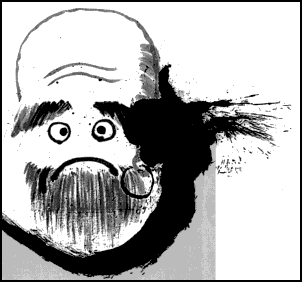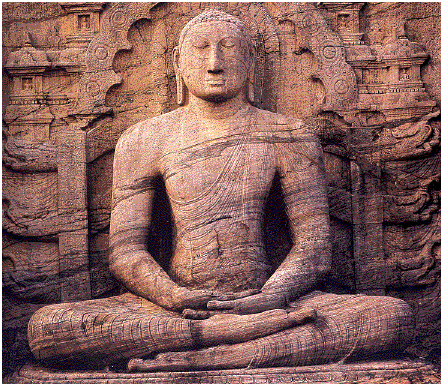Conversations with Southern Folk Potters
Charles R. Mack
(University of South Carolina)
In 1981, Mack traveled throughout the south, visiting over forty kilns (universally called "kills" in the this part of United States), reporting that the art still thrived, although it had died out in other parts of the south Atlantic states.
Talking with the Turners is a record of that summer adventure of his, including interviews with seventy "turners." The volume features color and black-and-white photographs, transcripts of conversations, and a CD.
For those of us with a lingering affection for the Old South, the transcripts and the CD are a treasure. The language of the backwoods and mountain folk of Georgia, Alabama, and North Carolina is pure music:
- My husband could make a heap better pottery than I could...
When you drink tea that's been in a stoneware, it has got a taste that nothing else has. Like these mugs that we are drinking this tea out of now, it just gives it a taste that you just can't get out of a glassware or a plastic.
Casey liked whiskey, like a lot of potters. That seems to be ... I guess they were bored to death with their work and faced with starvation to death, the rest of them like they eased their woes with alcohol.
When we'd open the kiln, you know, my daddy'd throw one of those big doors back when it was about 450 degrees, and my mother would have a big pan of homemade biscuits, and he'd stick them in there right quick, and in just a few minutes they'd brown all over and, boy, were they good. That was old fashioned, Italian, oven-baked biscuits.
 The very art of making pottery comes across in an interview with Dorris Xerxes Gordy, of Meriwether County, Georgia. He speaks of "reduction" and "oxidation," but, because he has no instruments, "except what I see and feel and touch and hear," he has to
The very art of making pottery comes across in an interview with Dorris Xerxes Gordy, of Meriwether County, Georgia. He speaks of "reduction" and "oxidation," but, because he has no instruments, "except what I see and feel and touch and hear," he has to
- ...hear it. The Chinese call it, they say it's a breathing, and they have different fancy names for it. But you can hear the difference in the sound of the draft going through the kiln. If that don't sound right, you've got to change something about your dampers and drafts. I can feel the kiln, and that gives me an idea ... I can almost tell the inside temperature by feeling the outside of the kiln.
D. X. Gordy's brother, Bill Gordy, of Barrow County, Georgia, tells of visits from Cornelius Vanderbilt, "the royal family of Tunisia," and Sir John Wedgwood of Stoke-on-Trent, England. He talks somewhat wistfully of another potter, Casey Meaders, and the jug that he took to the local whiskey-maker to get it filled:
- Casey made his own jug and he put a big fat three on it, to hold three gallons, and everybody accepted it as that. But the jug actually measured four and a half gallons. And he would take his three-gallon jug, so plainly stamped and beautifully made, to the distillery, and they would put four and a half gallons of whiskey in it, naturally just leaving room for the stopper, and he would pay them for three gallons and everybody went home happy.
"Casey was," says Gordy, "what my mother would call a dram drinker. It's the term for the guy who will sip a few every day but never gets drunk. And I mean every day, too."
Zen Comments on the Mumonkan
Zenkei Shibayama
(Shambhala)

Shibayama's volume, The Gateless Barrier, offers forty-eight koans, with commentary as provided by a thirteenth century Master Mumon of China's Sung Dynasty. All of the koans are given in full, even though some are as short as ten words. These are followed by Mumon's brief commentary and a poem. Then there is a "teisho" --- a further, and lengthier commentary, by the contemporary Zen master, Shibayama Roshi. In all, the fourty-eight koans are explored at length, but, as always, with the caveat: explanations are no explanation at all. A koan is as mysterious as the world it chooses not to explain.
